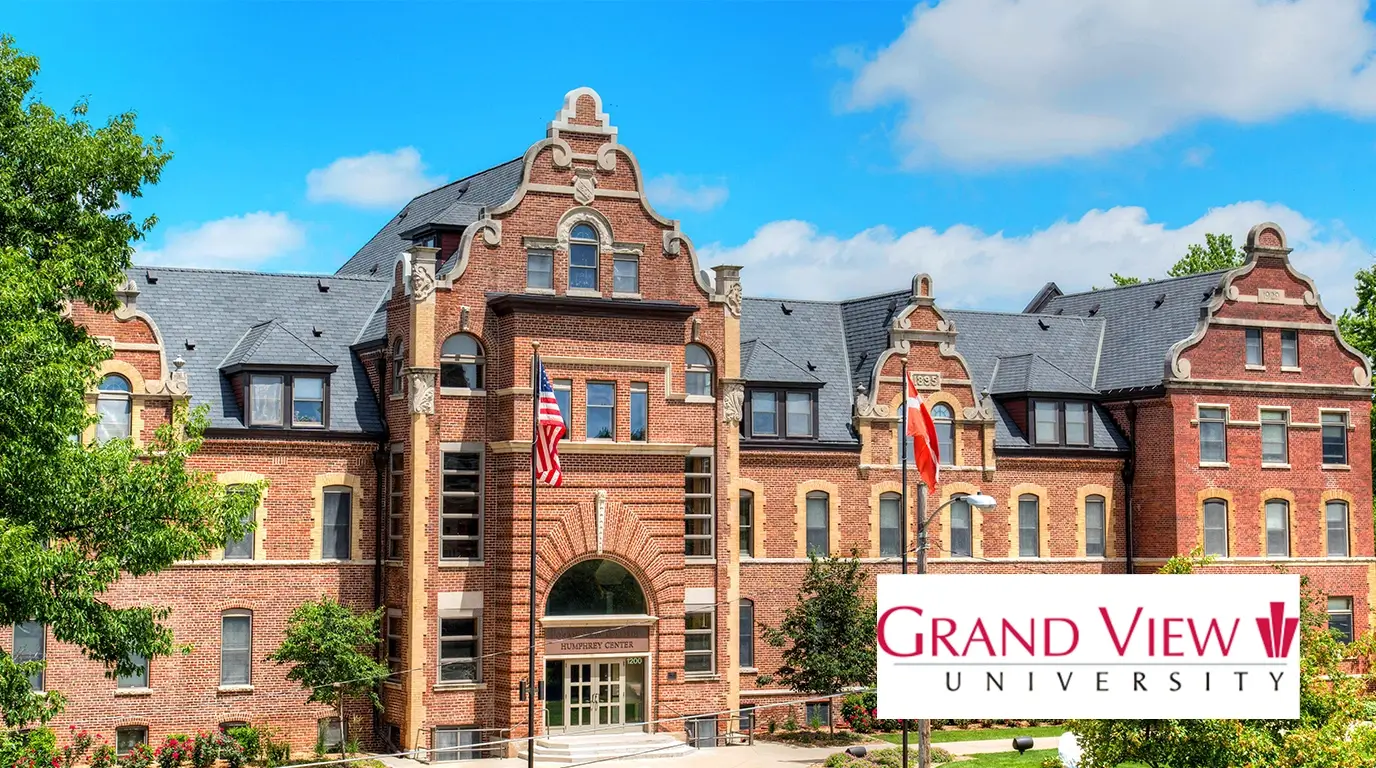Becoming a Paralegal in South Dakota – Your State-Specific Guide
Here’s something to think about: did you know South Dakota’s paralegal field is expected to see around 60 job openings a year through the next decade? That’s what Projections Central was forecasting a while back, and it’s a pretty clear hint that becoming a paralegal in South Dakota could be a solid move if you’re looking to break into the legal world without the law school grind. I’ve been around this gig—writing about it, optimizing career sites, steering folks like you—and I can tell you, paralegals keep South Dakota’s legal engine running. So, what’s the deal to get started here in the Mount Rushmore State? That’s what this guide’s digging into, all tailored for South Dakota.
Introduction: Why a Paralegal Career in South Dakota?
Picture this: you’re in a Sioux Falls law office, digging into case files, or maybe out in Rapid City helping a lawyer prep for court. That’s the life of a paralegal. In South Dakota, these folks are the backbone of law firms, government offices, even corporate legal teams—keeping things moving in a state with wide-open spaces and a tight-knit legal scene. Becoming a paralegal in South Dakota means stepping into a role that’s got real demand, especially in a place where legal needs stretch from urban hubs to rural plains. This guide’s here to walk you through it, packed with state-specific details to get you going.
Paralegal Definition and Regulation in South Dakota
Does South Dakota Legally Define “Paralegal”?
Yep, South Dakota’s got a definition locked down. The South Dakota Supreme Court’s Rule 97-25 calls a paralegal or legal assistant someone with a high school diploma (or equivalent) who’s qualified through education, training, or experience to handle “substantive legal work” under a lawyer’s supervision. It’s straightforward—think research, drafting, organizing—all the stuff that keeps a case humming, but you’re not the one calling the shots.
Are There Any State Regulations for Paralegals in South Dakota?
Here’s where it gets interesting: South Dakota’s one of the few states with actual minimum requirements. You can’t just waltz in and call yourself a paralegal in South Dakota without meeting some benchmarks. Rule 97-25 lays it out—you need that diploma plus one of these: a passing score on NALA’s Certified Paralegal (CP) exam, a degree from an ABA-approved program, 60 semester hours from an accredited paralegal program, or two years of in-house training under a lawyer. No state license, but you’re working under an attorney who’s accountable for your work—ethics and all—per Rule 5.3. It’s a bit stricter than most spots, but it keeps the bar high.
Key Takeaway:
- South Dakota defines paralegals and sets mandatory minimums—education or experience under attorney oversight.
Education Requirements and Recommended Programs in South Dakota
Are There Specific Educational Requirements in South Dakota?
Legally, yeah—you’ve got to hit one of those Rule 97-25 markers to be a paralegal in South Dakota. A high school diploma alone won’t cut it; you need more juice. Most folks go for an Associate’s in paralegal studies—it’s the practical entry point here. A Bachelor’s or certificate works too, especially if you’ve got some college under your belt already. Employers in Sioux Falls or Rapid City might lean toward ABA-approved programs, but since South Dakota’s got just one, experience often trumps the label.
Recommended Paralegal Education Programs in South Dakota
South Dakota’s not swimming in options, but here’s what’s worth checking out:
- National American University (NAU) – Offers an ABA-approved Associate of Applied Science in Paralegal Studies at its Rapid City and Sioux Falls campuses. It’s hands-on—legal research, writing, real-world prep—and they’ve got a Bachelor’s track too.
- Sinte Gleska University – On the Rosebud Reservation, they’ve got a Legal Studies program that’s more of a stepping stone. Not ABA-approved, but it’s solid for tribal law basics if that’s your angle.
That’s the local lineup—slim, but focused. Lots of folks look nearby or online to fill the gaps.
Online Paralegal Programs for South Dakota Residents
Live out in the boonies or juggling a day job? Online’s your ticket. NAU’s got virtual options, and national players like Purdue Global or the University of South Dakota’s online arm can deliver legal assistant training in South Dakota right to your screen. It’s a godsend for flexibility—perfect if you’re in Pierre or somewhere off the grid.
Key Takeaways:
- You need education or training to meet South Dakota’s rules—Associate’s is the sweet spot.
- NAU’s your ABA-approved go-to; Sinte Gleska’s a niche pick.
- Online paralegal education programs in South Dakota keep it doable no matter where you’re at.
Paralegal Certification and Credentials in South Dakota
Is State-Specific Paralegal Certification Mandatory in South Dakota?
Nope, no state-specific cert here—it’s all about meeting those minimums from Rule 97-25. Passing NALA’s CP counts as one way in, but it’s not a separate state mandate. You’re good to work once you hit the education or experience bar.
Nationally Recognized Certifications Relevant in South Dakota
Here’s what’s got clout:
- NALA’s Certified Paralegal (CP) – Run by the National Association of Legal Assistants (NALA), it’s a direct path to meeting state requirements and shows you’ve got skills—research, ethics, the works.
- NFPA’s CORE Registered Paralegal (CRP) – From the National Federation of Paralegal Associations, it’s less common but still respected, especially with some years behind you.
Benefits of Certification in South Dakota
Why bother? For one, it’s a fast track to Rule 97-25 compliance. Plus, in South Dakota, that CP could nudge your average paralegal salary up $5K-$10K a year—more in Sioux Falls than, say, Aberdeen. It’s a credibility boost—lawyers see it and know you’re not just talk. In a smaller market, it’s a way to stand out for law firm jobs in South Dakota.
Key Takeaways:
- No state cert, but NALA’s CP checks a box and then some.
- Certification means better pay and edge in South Dakota’s legal game.
Paralegal Associations in South Dakota
State-Level Paralegal Associations in South Dakota
Networking’s huge here, and you’ve got one main player:
- South Dakota Paralegal Association (SDPA) – Covers the state with regional meetups in Sioux Falls, Rapid City, Pierre, Aberdeen, and Watertown. They’re tied to NALA and push CLE and job connections.
Benefits of Joining a Paralegal Association in South Dakota
SDPA’s your lifeline—think luncheons with legal pros, CLE to stay sharp, and early peeks at law firm jobs in South Dakota. I’ve seen folks land gigs just from a chat at a meeting. In a state this spread out, it’s how you stay plugged in and grow.
Key Takeaway:
- SDPA’s your one-stop for networking and career boosts—don’t skip it.
Job Market Outlook and Salary for Paralegals in South Dakota
Current Job Market for Paralegals in South Dakota
The job market for paralegals in South Dakota is small but steady. Sioux Falls is the hub—firms like Davenport Evans and big employers like Sanford Health keep it active. Rapid City’s got outfits like Bangs McCullen, and Pierre’s got government roles. It’s not a flood of openings, but there’s enough if you’re ready to hustle.
Average Paralegal Salary in South Dakota
What’s the cash look like? The Bureau of Labor Statistics pegged the average at $59,560 in 2023 (dig into paralegal salaries here). Entry-level’s more like $40K-$45K, but with experience or a specialty—like ag law—you could hit $70K in Sioux Falls. Rural spots pay less, no surprise there.
Job Growth Projections for Paralegals in South Dakota
Projections Central had the paralegal career outlook in South Dakota at 9.6% growth through 2026—about 60 openings a year with replacements. It’s above the national 4.2%, and the trend’s holding as firms lean on paralegals to save bucks.
Key Takeaways:
- South Dakota’s market is compact but alive—Sioux Falls and Rapid City lead.
- Average paralegal salary in South Dakota ranges $40K-$70K, depending on experience and spot.
- Growth’s decent—60 jobs a year keeps it promising.
Key Takeaways: Steps to Becoming a Paralegal in South Dakota
Ready to roll? Here’s your checklist:
- Research paralegal education programs in South Dakota—start with NAU or Sinte Gleska.
- Pick your path: Associate’s, Bachelor’s, or two years of in-house training.
- Hit Rule 97-25 with an ABA-approved program like NAU’s.
- Explore certs like NALA’s CP or NFPA’s CRP.
- Join SDPA for networking and job leads.
- Hunt for law firm jobs in South Dakota—target Sioux Falls or Rapid City.




